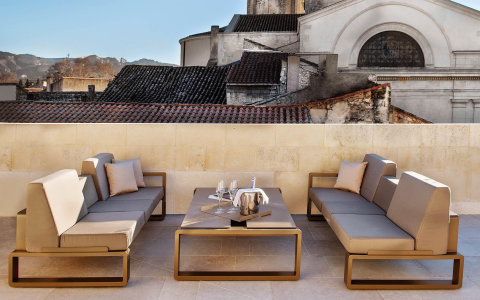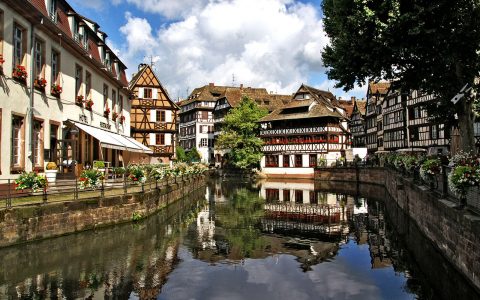Provence Olive Oil:
As Civilized as it is Slick
The Greeks believed that the cultivation of the olive tree was the hallmark of a civilized society, and they may have been on to something. Twenty-five centuries after they brought olive trees to Provence, to call the region “civilized” barely scratches its surface.
How They Make Provence Olive Oil
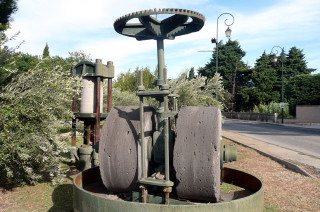
In Provence, the olive harvest usually begins in November and lasts until the end of January. The olives selected to make the oil are washed in cold water and then crushed by a millstone and worked into a paste. The paste is then pressed between large discs (known as scourtins) traditionally made of hemp, though today nylon is frequently used. Eleven or 13 pounds of paste are spread on each disc, and the discs are then stacked together (25 to 50 at a time) on the hydraulic presses. As the discs are pressed together, the liquid parties—oil and water—drain into the centre of the press and are then separated.
Olive oil produced by this method is known as the first cold-pressed olive oil, and is a pure product. In Provence, it takes five kilograms (10 pounds) of olives to produce one litre (34 ounces) of oil.
“The olive trees are silver, with sometimes a hint of blue or greenish bronze whitening against earth that is yellow, violet, orange or a dull red. But always so hard, hard, hard … it suits me well to work with gold and silver.”
– Vincent Van Gogh
Experience Provence With B&R
Scheduled Group Walking Trip
Wander (slowly) through the narrow vineyard paths, secluded olive groves and limestone ridges of our Provence Walking trip. The wines are not to be rushed, either (once you’ve sampled a Côtes du Rhône or Côtes du Lubéron in its natural habitat, you’ll understand why).
DETAILED ITINERARYSelf-Guided Walking Trip
On B&R’s Provence Self-Guided Walking trip, the sunflowers, spectacular hilltop towns, and magical arid landscapes await your exploration as you traverse just off the beaten track.
DETAILED ITINERARYTypes and Tastes
Olives can be picked at any time, and their degree of ripeness determines their taste. Green olives have very little oil, their flesh is firm and unripe, and they have a sharp tang. Black olives are full of oil, the flesh is soft and ripe, and they have a mellower flavour.
Green olives are inedible unless treated to remove their bitter glucosides, which can be done simply by washing them for about 10 days in fresh water. They are then immersed in brine, which often contains herbs or lemon. Black olives, being fully ripe, only need washing and preserving in brine or salt.
Picholine: The main variety of green olive found in France, the fruit is small and long.
Lucques: A superb table olive, the fruit is long and curved and the flesh is green and fruity.
Tanche: This is the olive of Nyons, a large, delicious olive picked for the table and pressing into olive oil.
Cailletier: Also known as the Niçois, a tiny, smooth black olive with a wonderful aroma.
Aglandau: Famous for its finely flavoured oil, often found in the Alpilles.
MORE FROM France + Provence
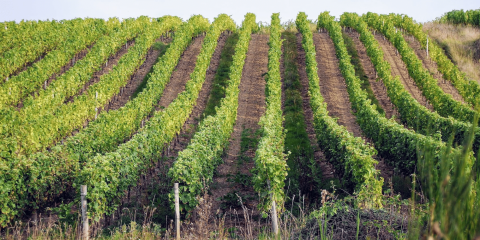
Grape Harvesting in Ventoux
France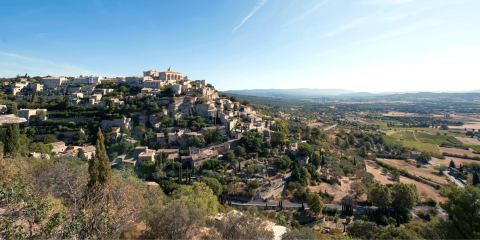
The Top 5 Hiking Routes in Provence and Cote d’Azur
Provence
With Vineyards, Beaches, and Quaint Villages, Île de Ré Is France’s Best-kept Secret
France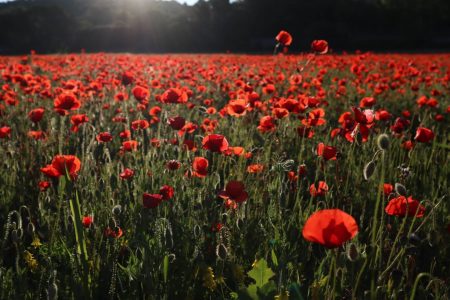
Photo Diary: A Sunday in Provence with B&R Guide Tatjana Buisson
Provence
5 Ways to Relive the Renaissance in the Loire Valley
Loire Valley
The Best Luxury Hotels in Paris: From Classic to Contemporary
France
Secrets of the Seine
Île-de-France
6 Reasons Why You Need to Visit Normandy, France
Normandy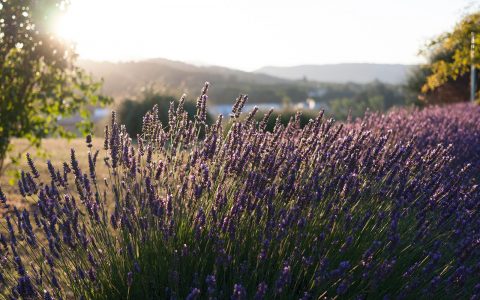
10 Best Markets & Shops in Provence
Provence
Bordeaux Nouveau: France’s Coolest City Right Now
Bordeaux
Falling Head Over Heels for Burgundy
Burgundy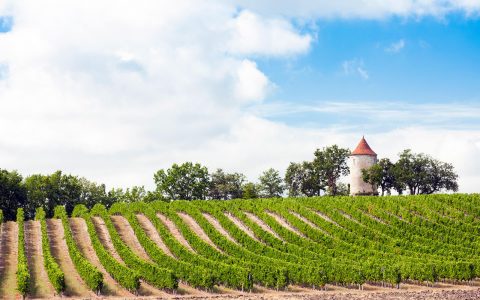
The World’s Best: Top 15 Bordeaux Wines
Bordeaux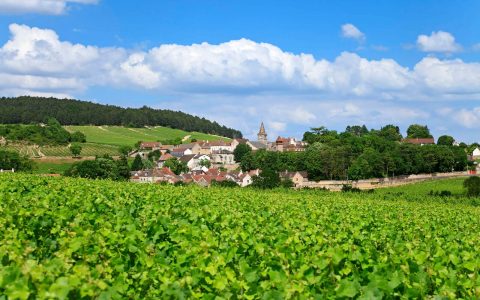
Rediscovering A Classic: Burgundy
Burgundy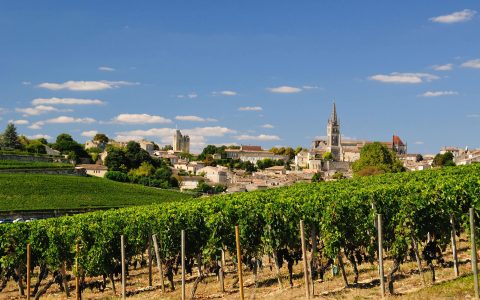
Reading for the Road: Our 5 Favourite Books About Bordeaux
Bordeaux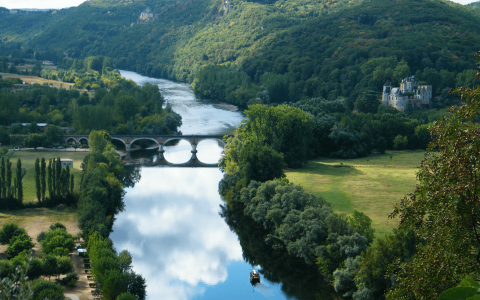
The Pleasures of Southwestern France
Bordeaux
Normandy’s Showstopper: Mont Saint-Michel
Normandy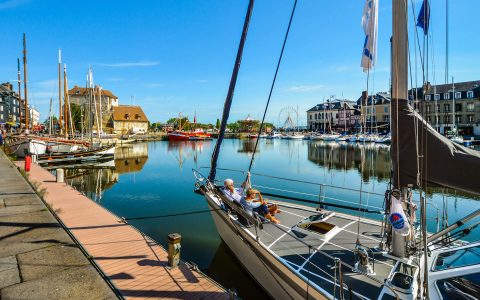
Reading for the Road: Our Favourite Books About Normandy
Normandy
Abbaye de la Bussière: English Hospitality in the Heart of France
Burgundy
Secrets of the Loire Lifestyle
Loire Valley